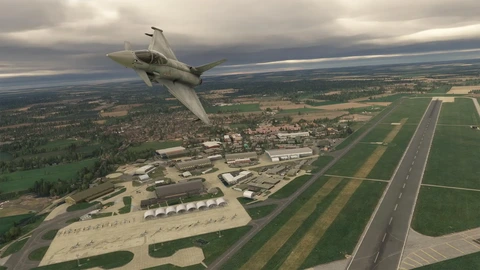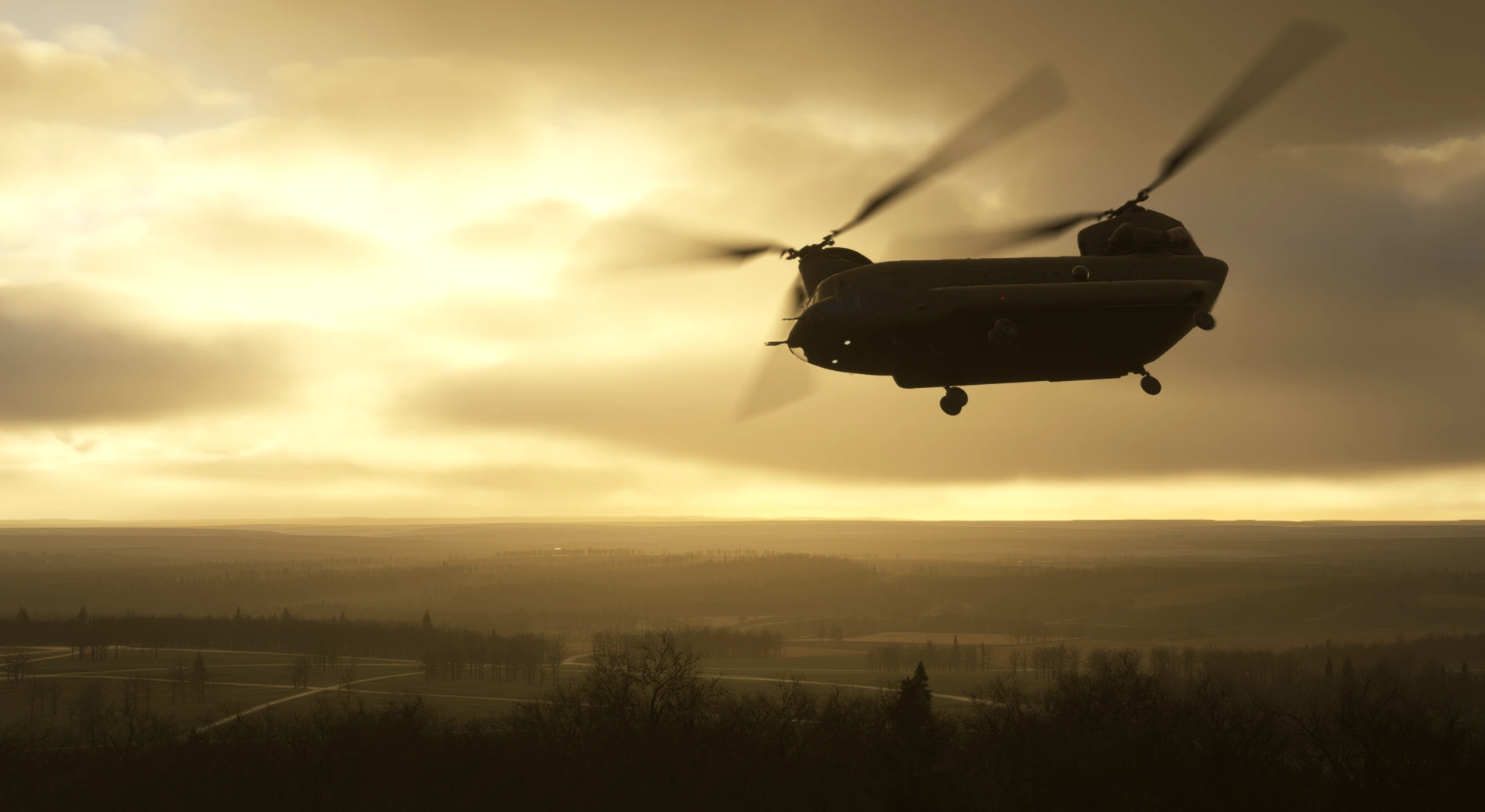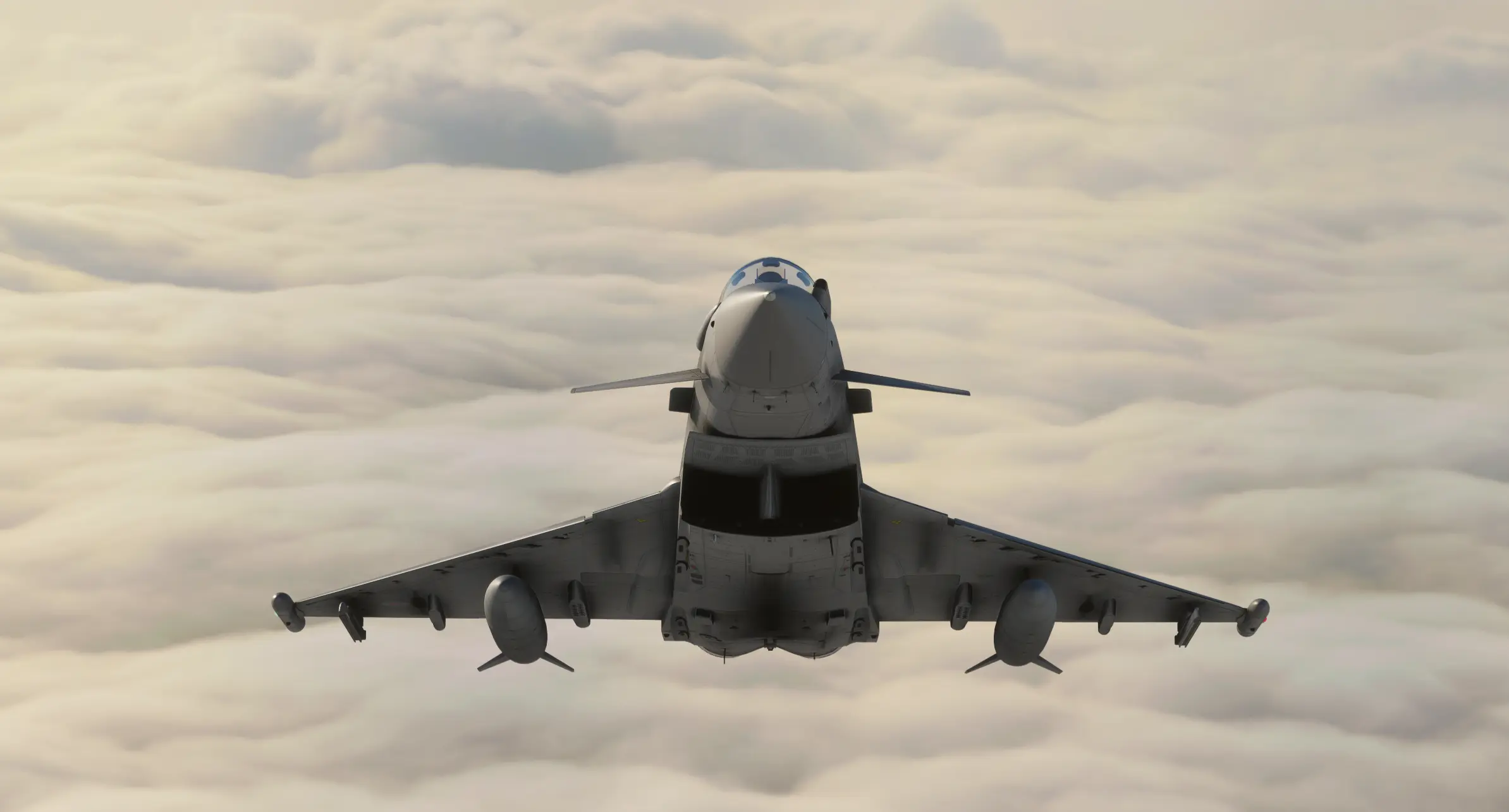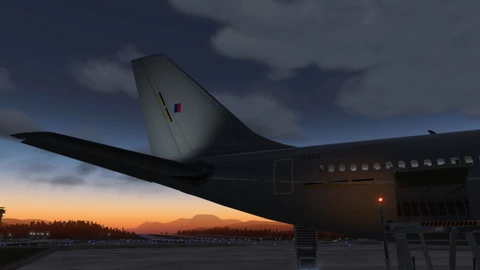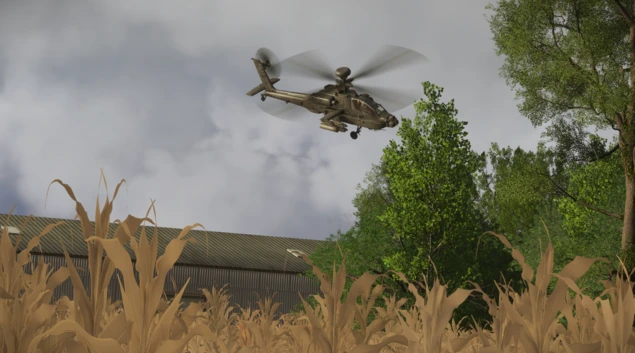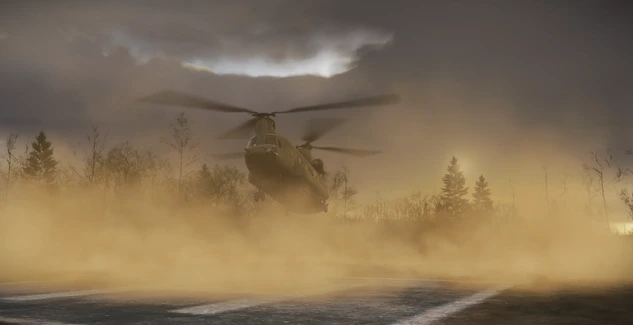Last updated: 7th September 2025
1. Introduction
The Virtual Ministry of Defence (“we”, “our”, “us”) is committed to protecting your privacy and ensuring that your personal data is handled in accordance with the UK GDPR, the EU General Data Protection Regulation (GDPR), the Data Protection Act 2018, and other applicable privacy laws. This Policy explains how we collect, use, store, and protect your personal data when you interact with us, including when using our website, participating in our virtual aviation activities, and communicating with our organisation.
2. Who we are
Founded in 2009 as the Virtual Royal Air Force and established as the Virtual Ministry of Defence in 2014, we are a non-profit virtual aviation organisation operating primarily on the International Virtual Aviation Organisation (IVAO) network.
3. Data we collect
We may collect and process the following categories of personal data:
- Identity Data – Name, date of birth, country of residence and email address.
- Membership Data – IVAO IDs, rank, training progress, and activity logs.
4. How We Use Your Data
We process your data only where there is a lawful basis, including:
- Contractual necessity – managing your membership and providing services.
- Legitimate interests – improving our services, safeguarding our community, ensuring network security.
- Legal obligations – responding to lawful requests by authorities.
- Consent – for optional communications such as newsletters or media use.
5. Data Sharing
We may share limited data with:
- IVAO (International Virtual Aviation Organisation) – to verify membership, activity, and training records.
- Service providers – e.g., hosting companies, IT security, email systems.
- Authorities – where legally required.
6. Data Storage & Security
We may share limited data with:
- Data is stored on secure servers located within the EU.
- We implement technical and organisational security measures to prevent loss, misuse, or unauthorised access.
- Data is retained only for as long as necessary for membership purposes or as legally required.
7. International Transfers
If data is transferred outside the UK/EU (for example, where servers are located abroad), we ensure that adequate safeguards are in place, such as standard contractual clauses or reliance on adequacy decisions.
8. Your Rights
Under GDPR, you have the right to:
- Access your data.
- Rectify inaccurate data.
- Erase data (“right to be forgotten”).
- Restrict or object to processing.
- Data portability.
- Withdraw consent at any time (without affecting prior lawful processing).
- Lodge a complaint with the UK ICO or your national data protection authority.
9. Cookies
We use necessary cookies for site functionality only. You can control cookie preferences through your browser settings.
10. Children's Privacy
We do not knowingly collect personal data from individuals under 16 without parental consent.
11. Policy Updates
We may update this Policy from time to time. Changes will be posted on our website with a new “Effective Date”.
12. Contact Us
If you have questions about this Policy or your personal data rights, please contact us via email: [email protected].
